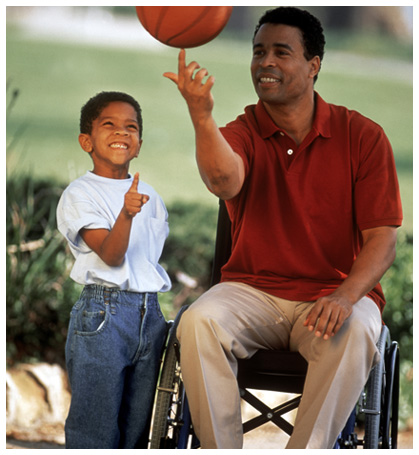
Did You Know?
Did you know that around 15 per cent of the world's population live with a disability? The World Heath Organization (WHO) reports that an estimated one billion people live with disabilities and that persons with disabilities make up the world's largest minority group. Although The Bahamas’ Department of Statistics recorded more than 10,000 persons with disabilities in the last census, if we use WHO’s formula, then it means that approximately 35,000 to 45,000 persons in The Bahamas live with a disability. The purpose of The Persons with Disabilities (Equal Opportunities) Act, 2014, is to end all forms of discrimination against persons with disabilities. The Act defines a person with a disability as any individual with a long term disability including physical, mental, intellectual, developmental or sensory impairments and other health related illnesses which, in interaction with various barriers, may hinder full and effective participation in society on an equal basis with others.
Did you know that we can discriminate or offend persons with disabilities by the way we speak to them, or by the way we behave around or towards them? For example, to say to the companion of a person who is blind, “Ask him is he wants a drink”, is discriminatory and offensive. The correct way is to simply speak directly to the person who is blind. This brochure provides some tips and helpful do’s and don’ts for effectively interacting with persons with disabilities.